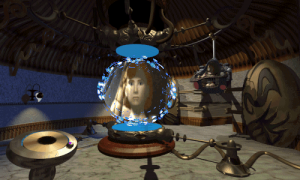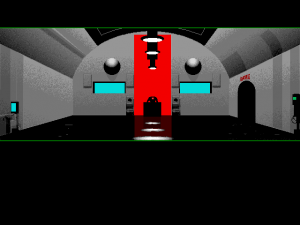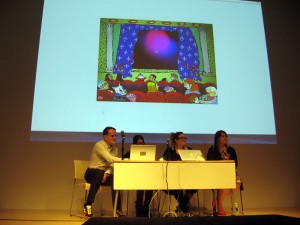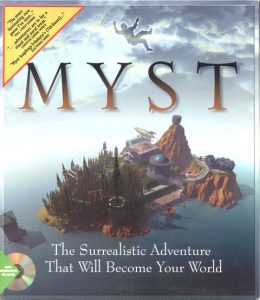
Love the milieu 
In defense of the average, less-successful games that make up the bulk of the medium and, despite often being dismissed critically, hold the potential for personally resonant experiences.

In defense of the average, less-successful games that make up the bulk of the medium and, despite often being dismissed critically, hold the potential for personally resonant experiences.

An old CD-ROM review directory serves as a reminder of the cultural significance of multimedia – and why that period is worth reevaluating.

Liryl, one of the central characters in Sierra’s Lighthouse: The Dark Being, is so unusual and thorny as to deserve special attention.

Spaceship Warlock co-creator Joe Sparks sat down for an ambling conversation about developing in the CD-ROM era and the creation of a groundbreaking adventure game.

Rhizome’s event celebrating the re-release of Theresa Duncan’s CD-ROM games is a pivotal moment in CD-ROM history – both critically and technically. Luckily, I took notes! Read about the importance of Chop Suey, Smarty, and Zero Zero in feminist gaming history, as well as Rhizome’s groundbreaking work on server-side emulation.

With the closing of Sim developer Maxis, take a look back at a few of Maxis’s least-known games that aren’t available to play.

After six years playing obscure games and sporadically blogging, I feel compelled to talk at length about the cultural issues that plague video games and how I hope – even a little – to turn gaming back to optimism and excitement.

A brief reflection on the Smithsonian’s new exhibit on video games and how their take on the early days of gaming matters to this blog.
QuickTime enabled low-cost videos on computers, paving the way for new uses of multimedia. That said, we should all probably stop using it now.

Myst rewrote the future of games and multimedia. Consider how much has changed in about two decades.